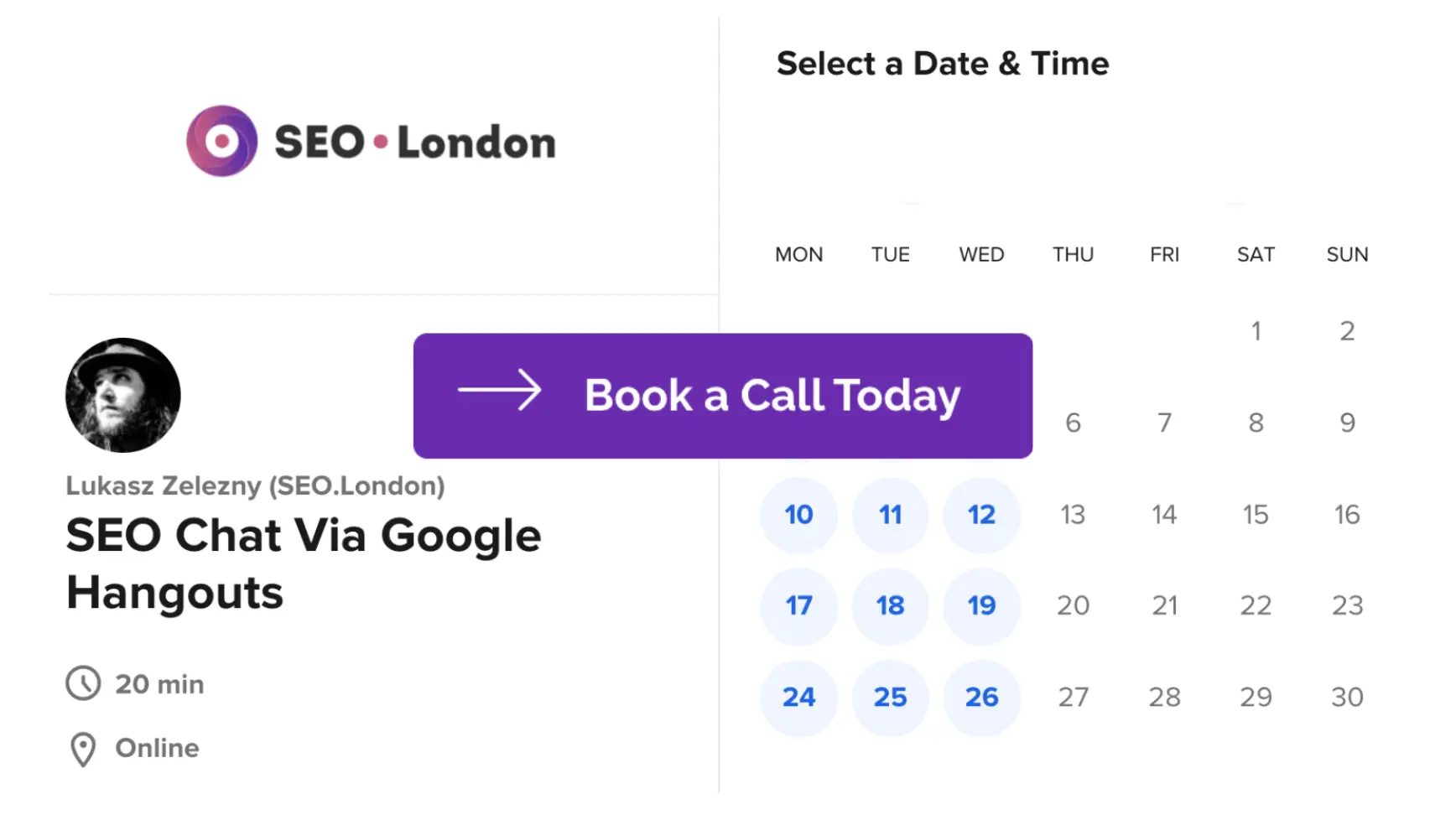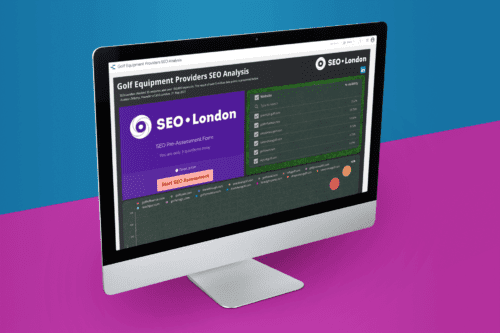What is TrustRank
What is TrustRank for an SEO Knowledge Base website?
TrustRank is a concept in search engine optimization (SEO) that refers to a method of measuring the trustworthiness and credibility of websites. It was developed by researchers at Stanford University and has since become an important factor in search engine algorithms, particularly in determining the ranking of web pages in search engine results pages (SERPs).
The primary goal of TrustRank is to combat spam and low-quality websites that attempt to manipulate search engine rankings. It is designed to separate trustworthy and reliable websites from those that engage in deceptive practices or have low credibility. TrustRank evaluates the authority and trustworthiness of a website, based on various criteria, to ensure that search engines deliver accurate and reliable results to users.
To understand TrustRank, it is essential to grasp the underlying concept of \”trust.\” Trust, in this context, refers to the level of confidence search engines have in a website\’s content, credibility, and reputation. TrustRank aims to establish a hierarchical structure of trust within the web by identifying and prioritizing websites that are considered trustworthy.
Increase your online presence with Lukasz Zelezny, an SEO Consultant with over 20 years experience — schedule a meeting now.

The TrustRank algorithm functions by analyzing the link structure of the web. It considers the quality and quantity of incoming links to a website, as well as the reputation of the linking pages. Websites with a higher number of trustworthy inbound links are generally considered more reputable and are thus assigned a higher TrustRank.
However, TrustRank goes beyond simply counting links. It also evaluates the trustworthiness of the linking pages. If a website receives links from other authoritative and trustworthy websites, its TrustRank increases. Conversely, if links come from low-quality or spammy websites, TrustRank may decrease.
In addition to inbound links, TrustRank also takes into account other factors to assess a website\’s trustworthiness. These factors may include the age of the domain, the quality and relevance of content, the presence of social signals, and the overall user experience provided by the website.
Implementing TrustRank effectively requires a holistic approach to SEO. It involves building high-quality backlinks from reputable sources, creating valuable and trustworthy content, and ensuring a positive user experience. By doing so, websites can increase their TrustRank and improve their chances of ranking higher in search engine results.
It is important to note that TrustRank is not the sole determinant of a website\’s ranking. It works in conjunction with other SEO factors, such as relevance, keyword optimization, and user engagement. TrustRank contributes to the overall credibility and authority of a website, making it an important aspect of SEO strategies.
In summary, TrustRank is a measure of a website\’s trustworthiness and credibility in the eyes of search engines. It evaluates the quality and quantity of inbound links, as well as other factors, to establish a hierarchy of trust within the web. By understanding and implementing TrustRank effectively, website owners and SEO professionals can enhance their online presence and improve their rankings in search engine results pages.



